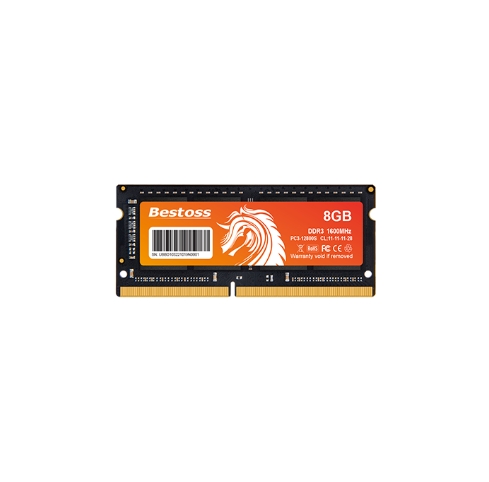- Home
-
Products
-
Product collection
-
- Application
- OEM&ODM
- News
- About Us
- Contact Us

Computer Slows Down? RAM and Hard Disk are the Key
In today's rapidly developing computer technology, it is crucial to understand the key factors of system performance. This article will analyze the role of RAM and HDD in computer operation from a practical application perspective, and how they jointly affect efficiency and speed.
RAM: The cornerstone of efficient data processing
RAM is the temporary data storage center of the computer, responsible for quickly accessing currently running programs and data. Its performance directly affects the system's response speed and multitasking capabilities. For example, when users open multiple applications at the same time or process large files, larger RAM capacity and faster speed can significantly reduce the phenomenon of jamming.
Currently, mainstream RAM types include DDR3, DDR4 and the latest DDR5. The upgrade of each generation of technology has brought higher data transfer rates and energy efficiency optimization. For example, DDR5 has nearly doubled the bandwidth of DDR4, further optimizing the processing efficiency of data-intensive tasks.
Hard disk: the core of data storage
The hard disk drive (HDD) is the long-term storage device of the computer, responsible for storing the operating system, software and user files. Traditional HDDs use a mechanical structure with relatively slow read and write speeds, especially when frequent access to scattered files, performance may be limited.
Solid-state drives (SSDs) use flash memory technology, have no mechanical parts, and have much faster read and write speeds than HDDs. For example, the random access speed of SSDs can reach dozens of times that of HDDs, greatly improving the efficiency of system startup, software loading, and file transfer.

Optimization of RAM and hard disks
The overall performance of a computer depends on the proper combination of RAM and hard disks. If the RAM capacity is insufficient, the system will frequently call the hard disk as virtual memory, resulting in a decrease in speed. Therefore, appropriately increasing RAM and matching it with a high-speed SSD can effectively reduce performance bottlenecks. In addition, dual-channel or quad-channel memory configurations can further improve data transmission efficiency, especially for high-load scenarios such as professional design and video editing.
Bestoss can provide you with reliable storage solutions
As a professional electronic component supplier, Bestoss is committed to providing customers with high-performance RAM and SSD products. Our DDR4/DDR5 memory modules and NVMe SSDs are all made of high-quality particles to ensure stability and high-speed read and write performance, and are suitable for a variety of scenarios such as business office, gaming entertainment, and industrial applications.
Reasonable selection of RAM and hard disk combinations can significantly improve work efficiency. Bestoss is willing to work with you to create a smoother and more reliable computing experience. We focus on the research and development and sales of storage products, including memory sticks, solid-state drives, etc. We help you optimize your computer performance with high-quality products and professional technical support.
By continuing to use the site you agree to our privacy policy Terms and Conditions.